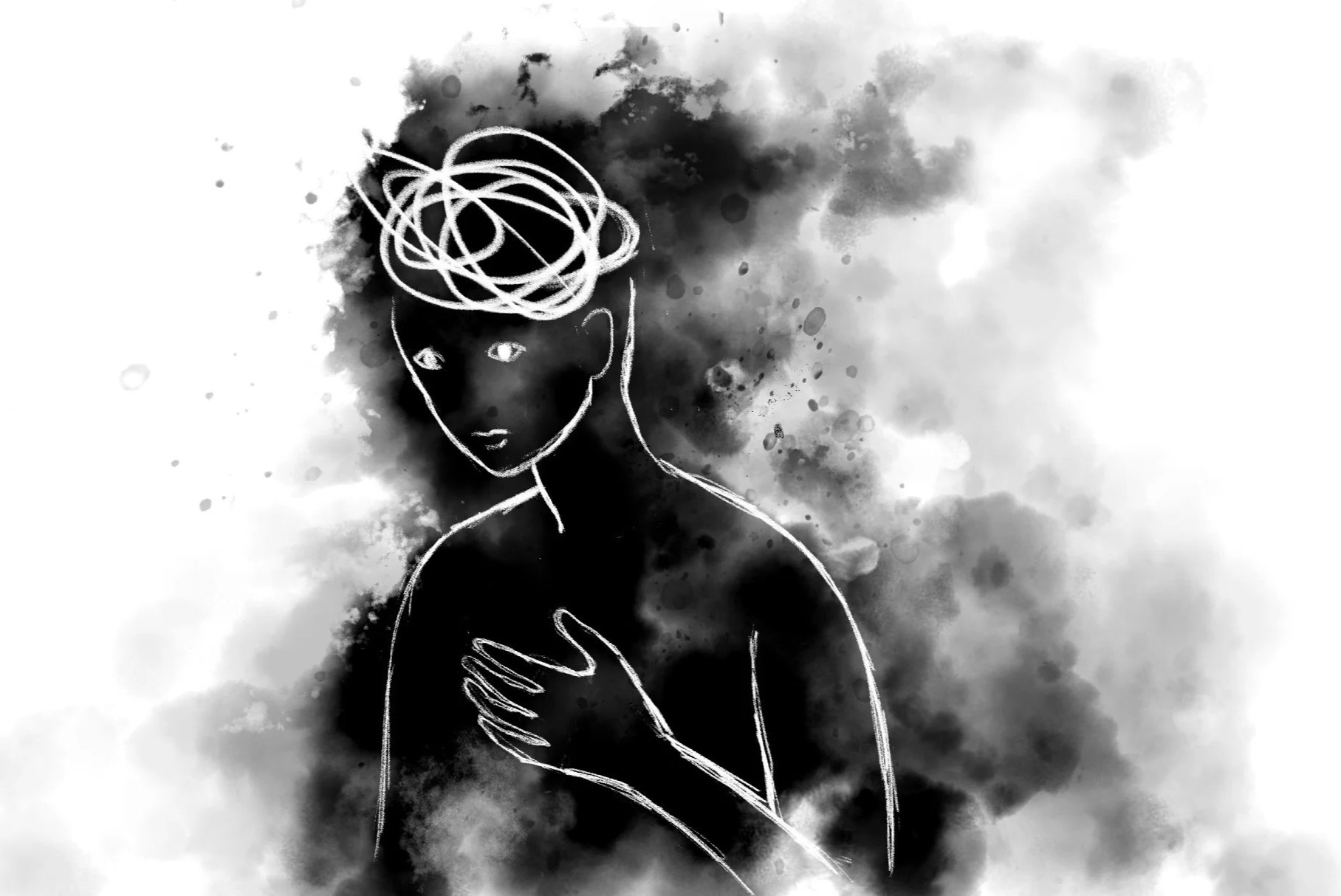
Post-Traumatic Stress Syndrome (PTSS) affects millions worldwide, yet many misunderstand it. PTSS isn't just a condition for soldiers; anyone can experience it after a traumatic event. Symptoms might include flashbacks, nightmares, severe anxiety, and uncontrollable thoughts about the incident. PTSS can disrupt daily life, making even simple tasks feel overwhelming. Understanding the facts about PTSS can help reduce stigma and encourage those affected to seek help. This article will explore 30 essential facts about Post-Traumatic Stress Syndrome, shedding light on its causes, symptoms, and treatments. Whether you're personally affected or just curious, these insights will deepen your understanding of this complex condition.
Key Takeaways:
- PTSD can affect anyone who experiences trauma, not just soldiers. It's a mental health condition, not a sign of weakness, and seeking professional help is important for recovery.
- Building a strong support system, maintaining a routine, and avoiding alcohol and drugs can help people living with PTSD cope and lead fulfilling lives.
Understanding Post-Traumatic Stress Syndrome
Post-Traumatic Stress Syndrome (PTSD) affects millions worldwide. It’s a mental health condition triggered by experiencing or witnessing a traumatic event. Here are some key facts to help you understand PTSD better.
-
PTSD can develop after any traumatic event, not just war. Car accidents, natural disasters, and personal assaults can also trigger it.
-
Symptoms of PTSD include flashbacks, nightmares, severe anxiety, and uncontrollable thoughts about the event.
-
PTSD was first recognized in war veterans, but it affects people of all ages and backgrounds.
-
Women are more likely to develop PTSD than men. This may be due to higher rates of sexual violence experienced by women.
-
Children can also suffer from PTSD. Their symptoms might include bedwetting, being unusually clingy, or acting out the trauma during playtime.
Causes and Risk Factors
Understanding what causes PTSD and who is at risk can help in early identification and treatment.
-
Not everyone who experiences trauma will develop PTSD. Factors like genetics, personal history, and the nature of the trauma play a role.
-
People with a history of mental health issues are more susceptible to PTSD.
-
Lack of social support after a traumatic event increases the risk of developing PTSD.
-
Experiencing multiple traumas can heighten the risk of PTSD.
-
First responders and military personnel are at higher risk due to the nature of their work.
Symptoms and Diagnosis
Recognizing the symptoms is crucial for seeking timely help.
-
PTSD symptoms are generally grouped into four types: intrusive memories, avoidance, negative changes in thinking and mood, and changes in physical and emotional reactions.
-
Intrusive memories include flashbacks and distressing dreams related to the trauma.
-
Avoidance symptoms involve staying away from places, events, or objects that are reminders of the traumatic experience.
-
Negative changes in thinking and mood can include feelings of hopelessness, memory problems, and difficulty maintaining close relationships.
-
Changes in physical and emotional reactions might include being easily startled, having trouble sleeping, or experiencing angry outbursts.
Treatment Options
There are various treatment options available for PTSD, and finding the right one can make a significant difference.
-
Cognitive Behavioral Therapy (CBT) is one of the most effective treatments for PTSD. It helps patients change negative thought patterns.
-
Eye Movement Desensitization and Reprocessing (EMDR) is another effective therapy. It involves recalling traumatic experiences while making specific eye movements.
-
Medications like antidepressants can help manage PTSD symptoms.
-
Group therapy provides a support network of people who understand what you’re going through.
-
Mindfulness and meditation can also help manage symptoms by reducing stress and anxiety.
Living with PTSD
Living with PTSD can be challenging, but there are ways to cope and lead a fulfilling life.
-
Building a strong support system is crucial. Friends, family, and support groups can provide emotional support.
-
Regular exercise can help reduce stress and improve mood.
-
Maintaining a routine can provide a sense of normalcy and control.
-
Avoiding alcohol and drugs is important, as they can worsen PTSD symptoms.
-
Educating yourself and others about PTSD can reduce stigma and promote understanding.
Myths and Misconceptions
There are many myths surrounding PTSD. Clearing these up can help in understanding the condition better.
-
Myth: Only soldiers get PTSD. Fact: Anyone who experiences trauma can develop PTSD.
-
Myth: PTSD is a sign of weakness. Fact: PTSD is a mental health condition, not a character flaw.
-
Myth: People with PTSD are dangerous. Fact: Most people with PTSD are not violent.
-
Myth: PTSD will go away on its own. Fact: Professional treatment is often necessary for recovery.
-
Myth: Talking about the trauma will make it worse. Fact: Discussing the trauma in a safe environment can be therapeutic.
Final Thoughts on PTSD
Understanding Post-Traumatic Stress Syndrome (PTSD) helps us support those affected. It’s not just a condition for veterans; anyone can experience it after a traumatic event. Recognizing symptoms like flashbacks, nightmares, and severe anxiety is crucial. Early intervention and treatment, such as therapy and medication, can make a significant difference.
Raising awareness reduces stigma, encouraging more people to seek help. If you or someone you know shows signs of PTSD, reach out to a mental health professional. Knowledge empowers us to create a supportive environment for recovery.
Remember, PTSD is a serious condition, but with the right support and treatment, individuals can lead fulfilling lives. Stay informed, be compassionate, and spread awareness. Together, we can make a difference in the lives of those impacted by PTSD.
Frequently Asked Questions
Was this page helpful?
Our commitment to delivering trustworthy and engaging content is at the heart of what we do. Each fact on our site is contributed by real users like you, bringing a wealth of diverse insights and information. To ensure the highest standards of accuracy and reliability, our dedicated editors meticulously review each submission. This process guarantees that the facts we share are not only fascinating but also credible. Trust in our commitment to quality and authenticity as you explore and learn with us.


